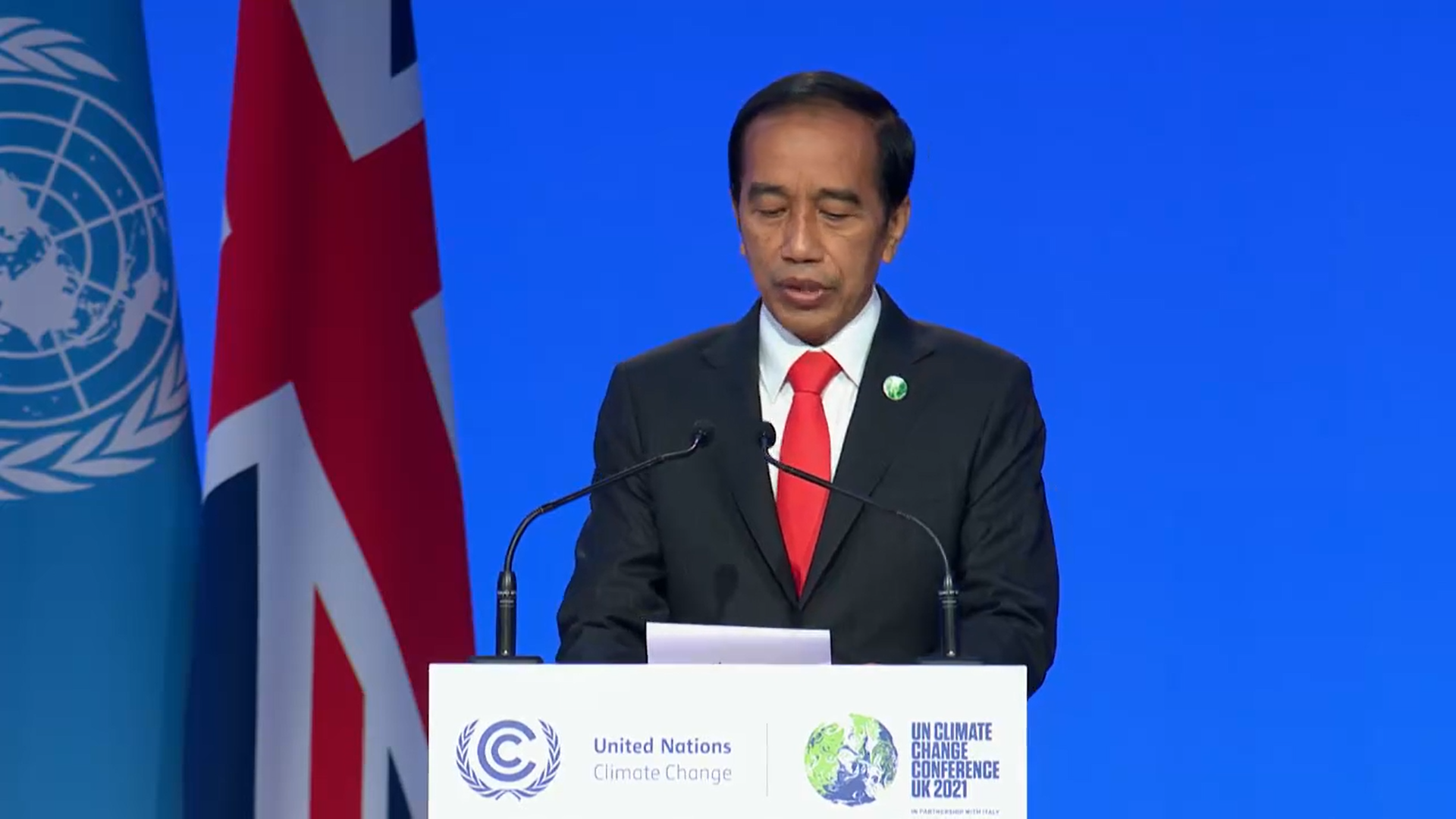The government needs to boost the development of solar energy to support electricity demand in 2050. A comprehensive NRE technical potential map needs to be prepared to support the energy…

Jakarta, 05 November 2021- At the 26th World Leaders Summit on Climate Change or COP-26, Indonesia signed the Global Coal to Clean Power Transition declaration. On the same day, the…

Many parties are waiting for President Joko Widodo's speech at COP26. Jokowi is expected to declare more ambitious commitments to reduce emissions and deal with climate change as well as…
